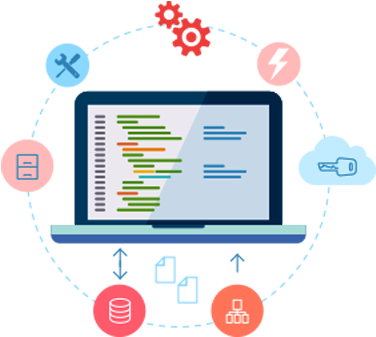For an app marketplace company, we aimed to enhance their notification system to improve user engagement and communication with app developers and users. We decided to develop custom notification handlers using JMS (Java Message Service) as the messaging system, Java for backend development, MongoDB as the database, RabbitMQ as the message broker, and Angular 13.x, Typescript, and Bootstrap for the frontend. This case study outlines the process and considerations involved in developing notification handlers the app marketplace.
We began by conducting comprehensive research and gathering requirements to understand the limitations of their existing notification system and identify opportunities for improvement. They identified the following key objectives:


Based on the research findings and requirements, we designed a robust and scalable architecture for their notification handlers. The architectural considerations included:
Our backend development team implemented the notification handlers using Java and integrated the required components. Key considerations included:


The frontend development team used Angular 13.x, Typescript, and Bootstrap to create a user-friendly interface for managing and interacting with notifications. Key considerations included:
We conducted rigorous testing of the notification handlers, including unit testing, integration testing, and performance testing, to ensure reliability and scalability. They deployed the system to production, considering aspects such as:
